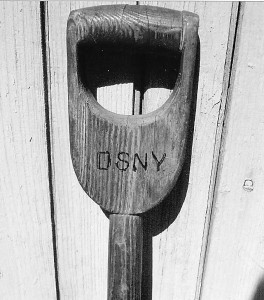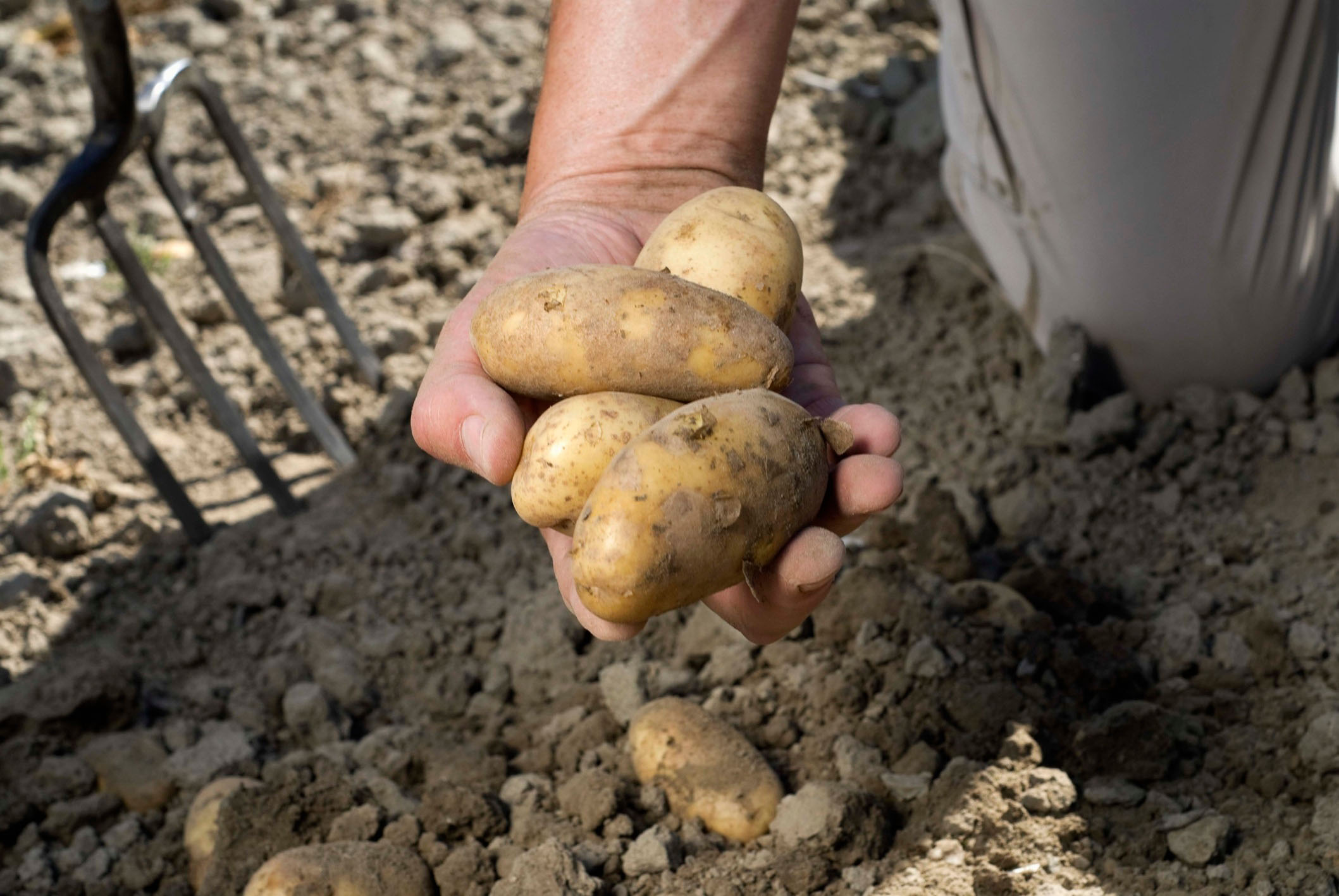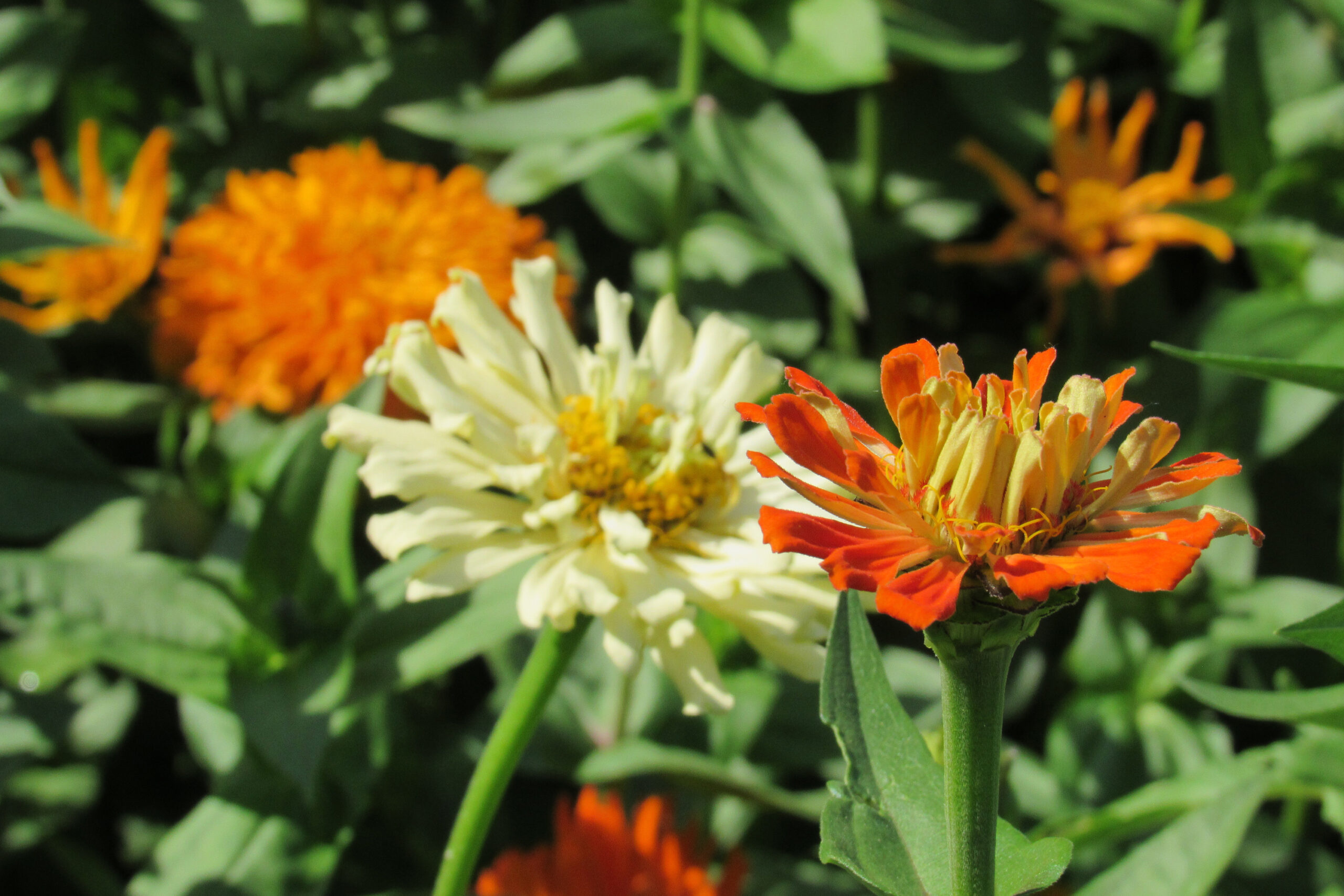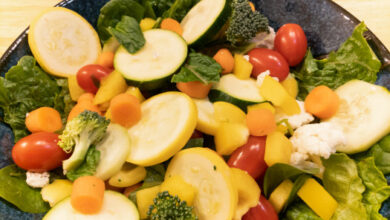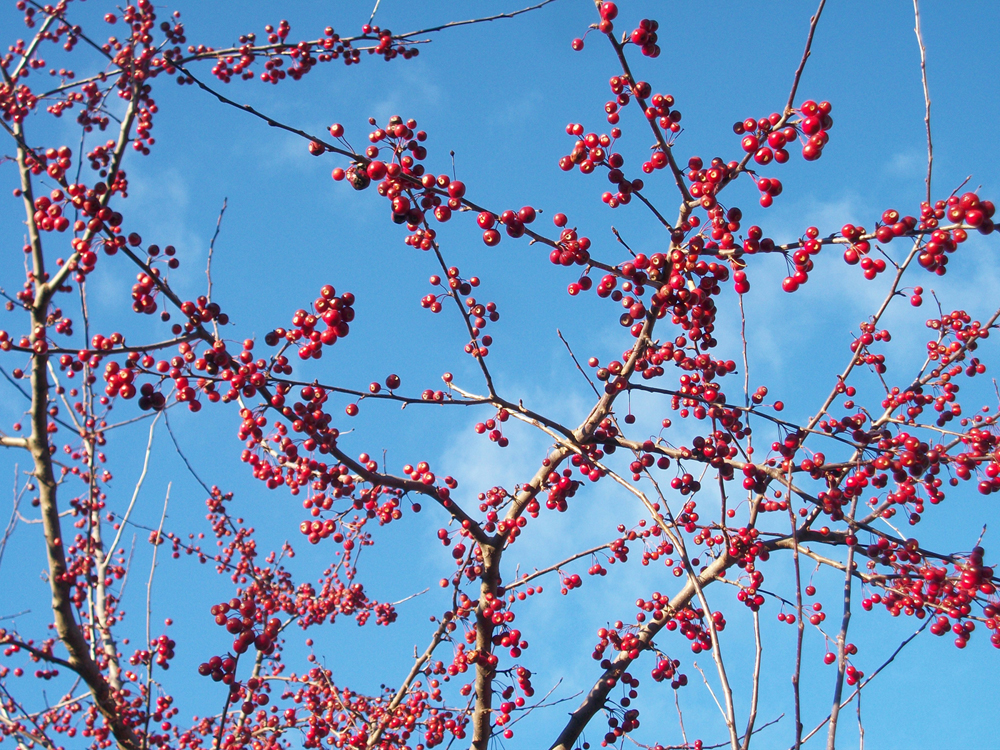Joe’s Stories – A new kind of chick
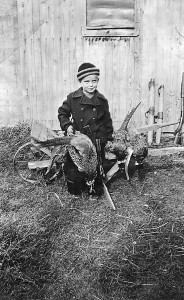
It is often said that it’s never too late, or you’re never too old to do something new. I hope there is some truth in that. For the first time in the 85 years this farm has been owned by our family, we have acquired 30 pheasant chicks, under a NYS Conservation Department program that provides them for folks with the proper facilities to raise and release them. It is another way of trying to restore the presence of pheasants which years ago were quite plentiful in this area.
The opening of pheasant season was an eagerly awaited event throughout my younger years. My father, Joe, felt so strongly about it that I was allowed to skip school on opening day. The excuse he wrote for me to take to teacher the next day said something like “Joey had a severe case of “pheasantitis” but is better now.”
We were usually joined by Joe’s brothers, Leo and Leopold and also Ed, the husband of my mother Anna’s childhood friend Sophie who lived on Staten Island. Ed owned a bakery and delicatessen which they operated year around except for two weeks in October. The first week was spent here, hunting, partying and relaxing. Among their deli patrons there were some NY Sanitation Department workers and also some “clammers” licensed to dig in the shores of the Island. A week or so before closing, Ed would sometimes tell the Sanitation guys he was going upstate to his friend’s farm and they could use a barn broom and a scoop shovel, which was why ours were identified with the letters DSNY. I didn’t realize until years later what that meant. He also would tell a clammer, he needed a bushel of freshly dug clams at his house at 6 a.m. on the day they left. Ed iced them down and put them in the trunk of their car.
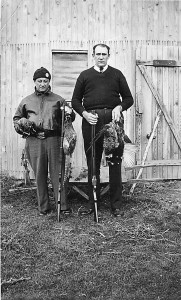
They’d drive, with their daughter Margaret who was a year or so older than me, around mid afternoon. As soon as the hellos were exchanged, Ed began shucking clams, the women cut up home grown vegetables and a week long supply of Clam Chowder was produced. We’ve never had any that tasted better than Ed’s.
Early on Monday morning, pheasant season opened and it was not uncommon for the hunters to return in an hour or so to empty their game bags before going out again. The women set about plucking and cleaning the birds to be cooked for supper that night. After supper, time was spent playing cards, enjoying some hard cider and often singing folk songs from their childhood days in Germany. There are many happy memories of those visits which were a ritual for quite a few years.
